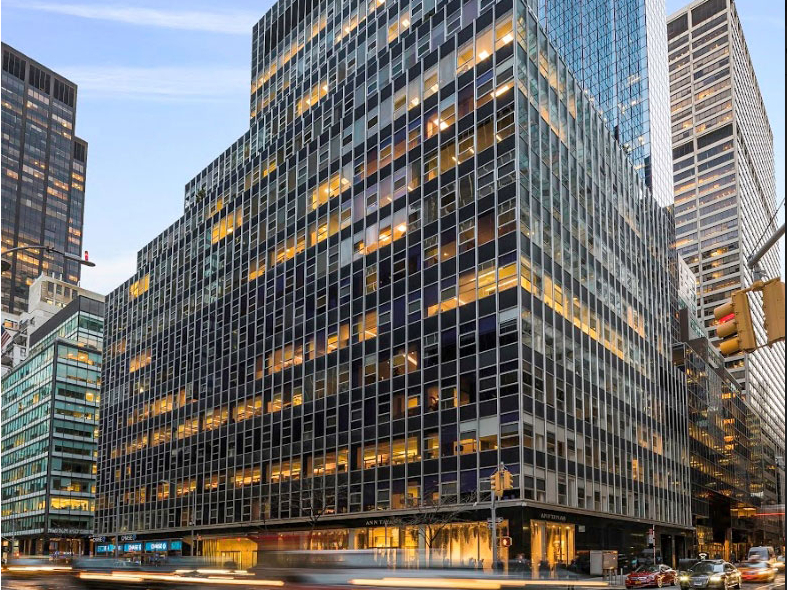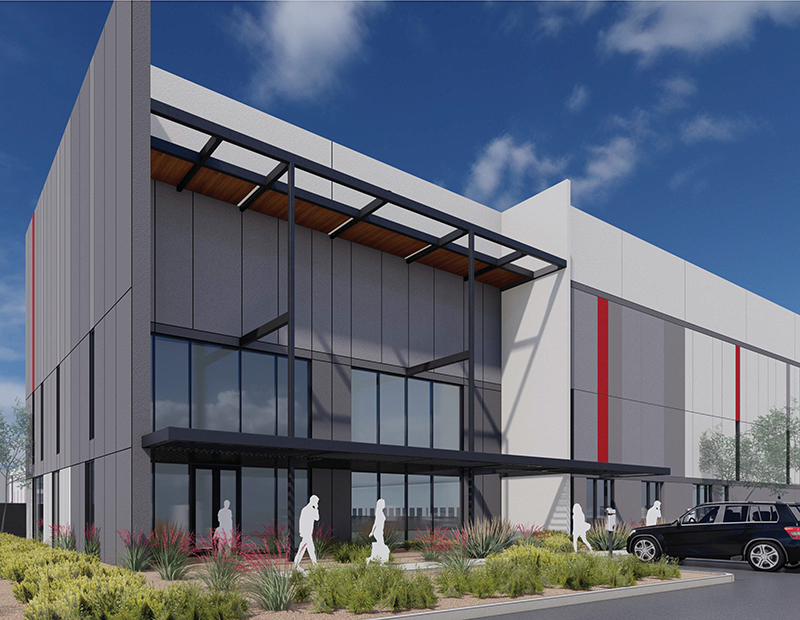Retail’s Progression
While retail development is proliferating around the world, according to a CBRE Global research study, there has been little need to add to the U.S. retail stock.
While retail development is proliferating around the world, according to a CBRE Global research study, there has been  little need to add to the U.S. retail stock. Yet the market continues to strengthen as retailers take more space, driving up rents in response. All this despite a relatively small but quickly growing Internet sales market—a market growing so quickly, in fact, that it has real estate investors, developers and even financiers frantically rushing to get a foot in the door and establish themselves as active e-commerce players with desirable distribution facilities, properly outfitted.
little need to add to the U.S. retail stock. Yet the market continues to strengthen as retailers take more space, driving up rents in response. All this despite a relatively small but quickly growing Internet sales market—a market growing so quickly, in fact, that it has real estate investors, developers and even financiers frantically rushing to get a foot in the door and establish themselves as active e-commerce players with desirable distribution facilities, properly outfitted.
Among the retailers themselves, there is no longer a cut-and-dried competition between Internet-only providers and stores—or even between the brick-and-mortar and Internet divisions of a single retail provider. Every retailer must now have an e-commerce component to survive, and increasingly they are integrating the two businesses, some even incorporating the store sites into the distribution supply chain (see our Special Report on E-Commerce in the March issue for more on this).
Retailers are also reinventing their stores—and shopping center owners are doing the same with their larger venues—in response to research showing a continued strong interest in in-person shopping, with a preference for entertainment value. This does not portend a backward shift of the global clocks to pre-Internet days. Rather, e-commerce growth will continue for consumer electronics, some apparel, books, music and other items that top the Internet shopping list, while consumers will venture out in search of clothing to try on, furniture to try out, office equipment to check out—and even more, because it satisfies a craving for a live experience to counteract their increasingly digital lives. The result: increased pressure on both retailers and shopping center owners to provide just the right balance of entertainment and desirable product.
Neither the store-versus-Internet discussion nor the lifestyle component is new. Indeed, I addressed many of these topics last year in anticipation of the 2013 International Council of Shopping Centers global RECon convention. But the ante continues to mount with the rise in Internet sales, increased competition among venues and growth of one demographic group in particular that is leading the technological and entertainment charge: the much-targeted Millennials. For that reason, this year’s CPE-Nielsen Special Report on demographics and retail real estate takes an in-depth look at how these young adults shop, where they live and how their preferences compare with those of older demographic groups. Some of the results are intuitive, while others may be surprising.
Delving into the preferences of this large and influential group makes at least one thing clear: Retail innovation is vital to compete in today’s marketplace. But this group—and others, too—will happily embrace the right combination of concepts.
Suzann D. Silverman, Editorial Director







You must be logged in to post a comment.